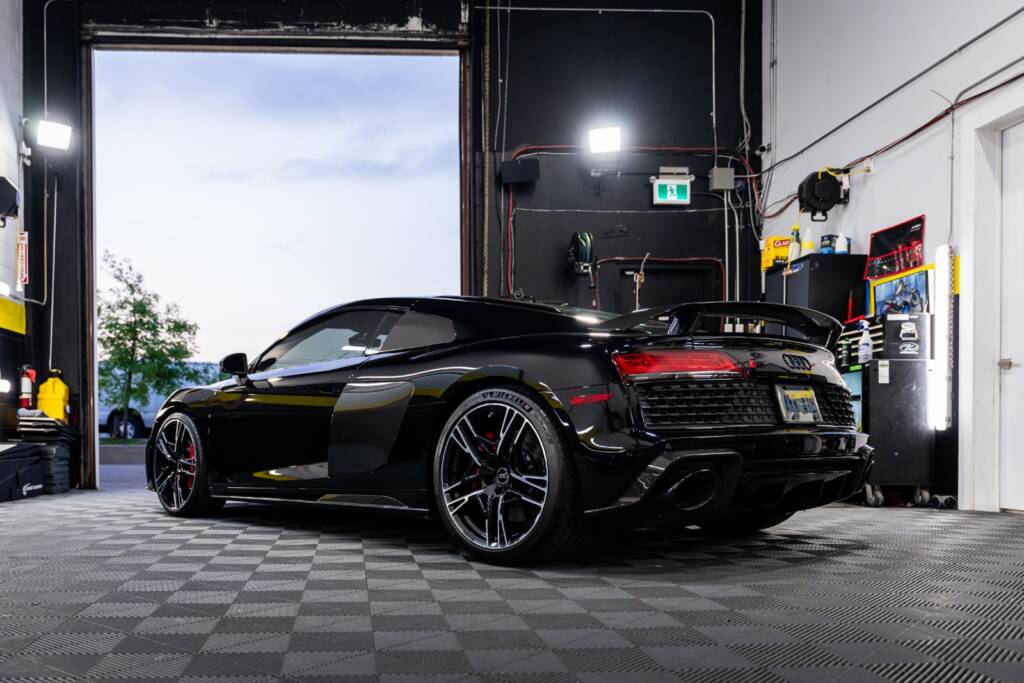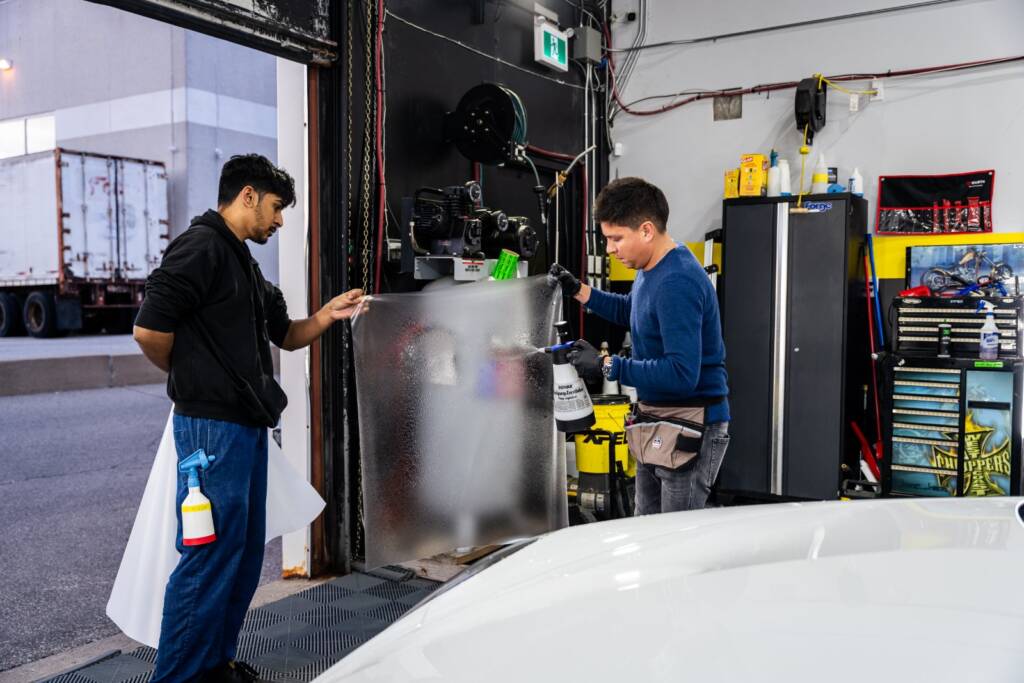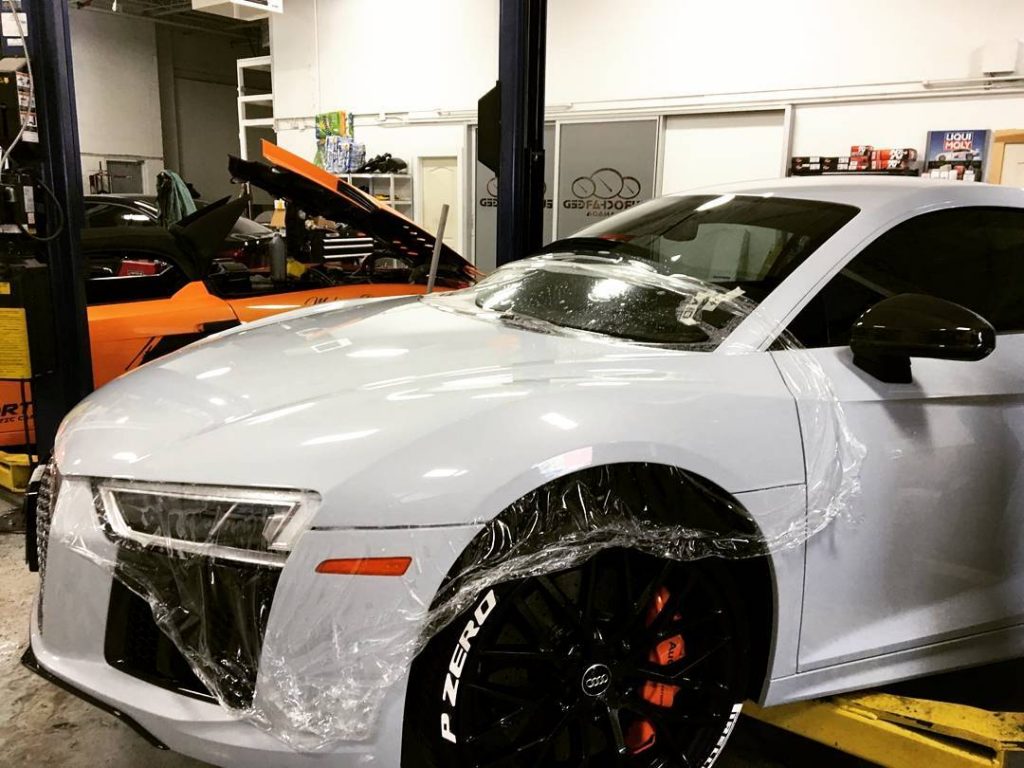Paint Protection Film (PPF) has become a popular upgrade for car owners who want to keep their vehicles looking new. But is PPF worth it in 2025? Drivers often weigh the cost of installation against long-term benefits such as reduced paint damage, higher resale value, and peace of mind.
Continue reading to find out what PPF is, how long it lasts, and the real-world pros and cons of PPF so you can decide if it’s the right choice for your car.
Key Takeaways
- PPF is a clear film applied to your vehicle’s paint to guard against chips, scratches, and stains.
- On average, PPF lasts 5 to 10 years depending on quality and maintenance.
- Benefits include strong resistance against road debris and improved resale value.
- Downsides include the upfront cost and potential for film edges to show.
- PPF is worth it for many drivers, but less so for those who change vehicles often.
What Is PPF for Cars?
Paint Protection Film, also known as PPF, is a transparent urethane layer that is applied over a vehicle’s painted surfaces. But what does PPF do ? Its main purpose is to absorb impacts from rocks, gravel, salt, and minor abrasions before they reach your paint. Modern PPF is nearly invisible, self-healing under heat, and resistant to yellowing. For drivers who take pride in their car’s appearance, it offers an added layer of confidence on the road.
Is Paint Protection Film Worth It?
The answer for question “is paint protection film worth the investment” depends on your driving habits and how long you plan to keep your vehicle. For daily drivers, highway commuters, and luxury or sports car owners, PPF delivers tangible value by keeping paintwork in better condition.
For those who lease or frequently change vehicles, the investment may feel less justified.
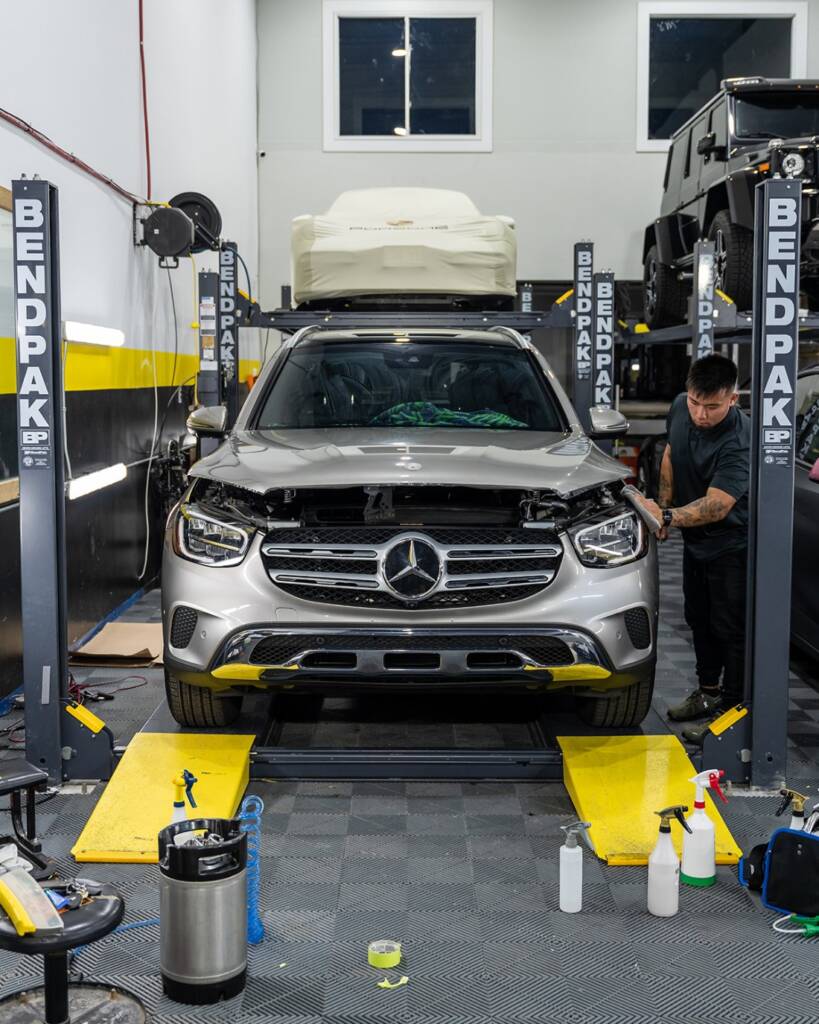
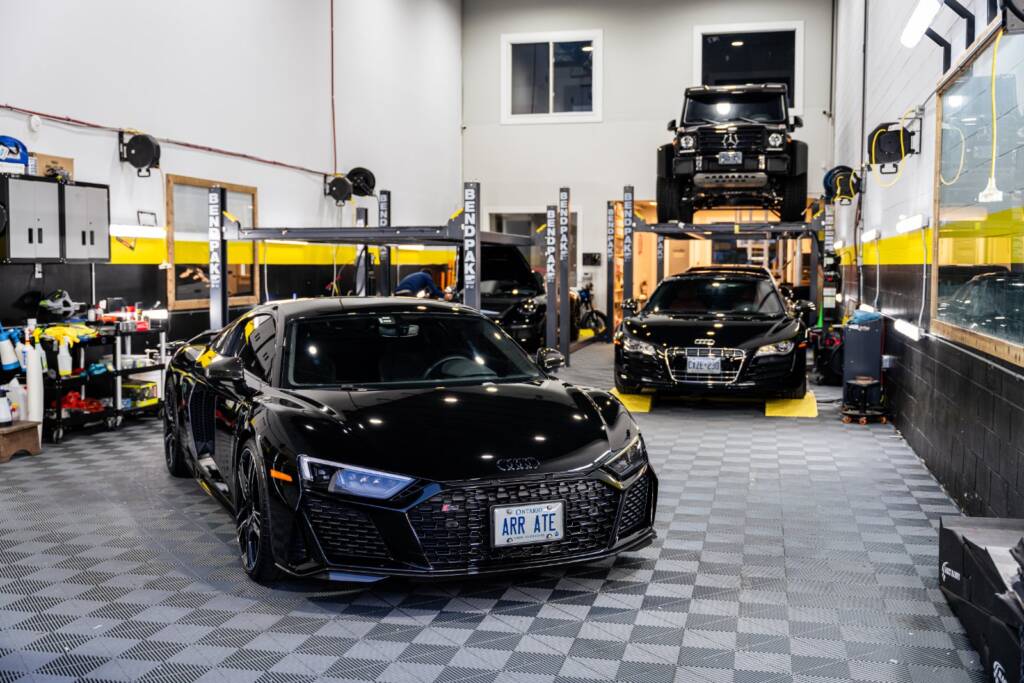
How Long Does PPF Last?
On average, premium paint protection films last 5 to 10 years with proper care. Longevity depends on:
- Quality of the film brand
- Professional installation
- Exposure to harsh sun or road conditions
- Regular washing and maintenance
After its lifespan, PPF can be safely removed and replaced without damaging factory paint.
Pros and Cons of PPF
Below is a breakdown of the pros and cons of PPF, based on expert insights and real drivers’ experiences shared on Reddit and Bimmerpost.
|
Pros of PPF |
Cons of PPF |
|
Shields against chips, scratches, and road debris. |
High upfront cost compared to waxing or ceramic coatings. |
|
Self-healing technology reduces visible swirl marks. |
Film edges may be visible on close inspection. |
|
Preserves paint condition and resale value. |
Not immune to deep scratches or accidents. |
|
Easy to maintain with regular washes. |
Some films can yellow or peel if poorly installed. |
|
Can be combined with ceramic coating for added protection. |
Replacement requires professional removal and reapplication. |
Real-World Opinions: Does PPF Really Work?
Car owners who have installed PPF generally agree it provides noticeable benefits. Many report their cars looking newer for longer, with fewer chips and blemishes compared to unprotected vehicles. Skeptics argue the cost is high, especially if you only keep a car for three to four years. The consensus: does PPF really work? Yes, but it does depend on how much you value long-term paint preservation.
Cost of PPF Installation
The cost to install PPF varies depending on coverage. Full-front PPF (hood, bumper, fenders, mirrors) is a popular option, while some owners choose full-body coverage for maximum protection. Prices typically range from $1,500 to $6,000+, influenced by vehicle size, film brand, and installer expertise. While it’s more expensive than wax or ceramic coatings, PPF offers unique benefits no other option provides.
When Is PPF Worth It Most?
PPF is most valuable when:
- You drive long distances on highways where rock chips are common
- You own a high-end or performance car with delicate paint
- You want to maintain resale or trade-in value
- You plan to keep the vehicle for over five years
For those scenarios, the investment pays off in reduced repainting costs and a cleaner, newer look over time.
Alternatives to PPF
If you’re still unsure about paint protection film, alternatives include:
- Ceramic Coatings: Offer chemical and UV resistance but little impact protection.
- Wax and Sealants: Provide shine and water beading but require frequent reapplication.
These options cost less but don’t deliver the same protection against chips and abrasions as PPF.
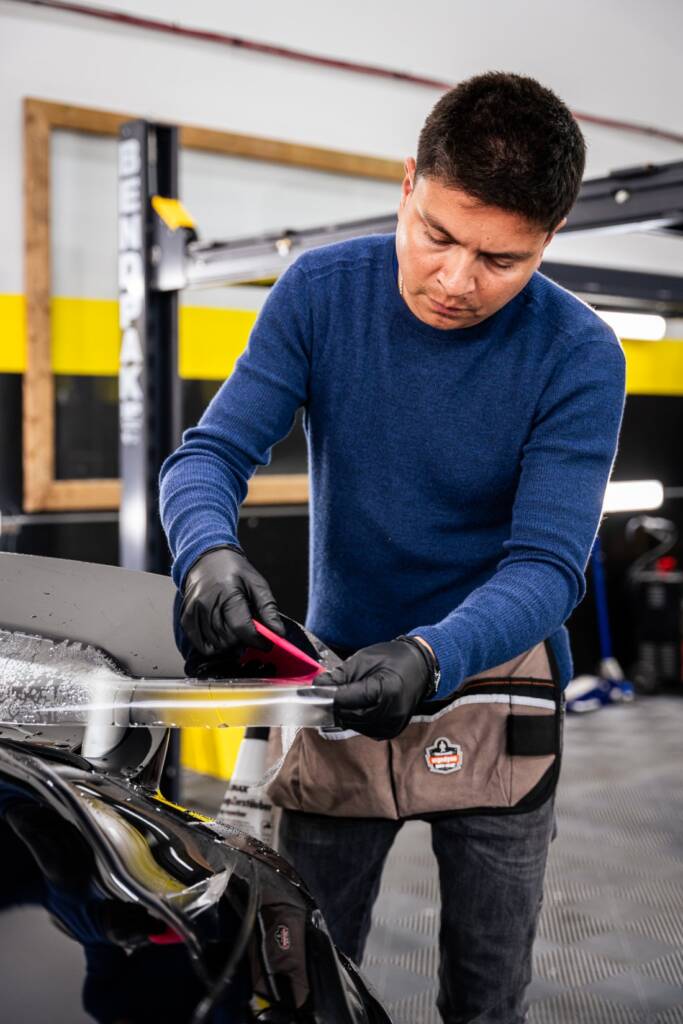
Final Thoughts: Is PPF Worth It?
In the end, the question “is paint protection film worth it?” comes down to your priorities. PPF is an investment in preserving your vehicle’s appearance and value. For many drivers, especially in cities with rough roads or for luxury vehicle owners, it makes strong financial sense. For others who switch vehicles often, the expense may outweigh the benefits.
If you’re considering PPF, the best next step is to consult professionals who specialize in installation.
Install PPF with Elite Tint
At Elite Tint, we provide Paint Protection Film installation designed to keep your vehicle in its best condition. With years of experience serving drivers in the GTA, we combine precision installation with high-quality films that deliver long-lasting performance.
Contact us today to discuss coverage options and get a quote tailored to your vehicle.

